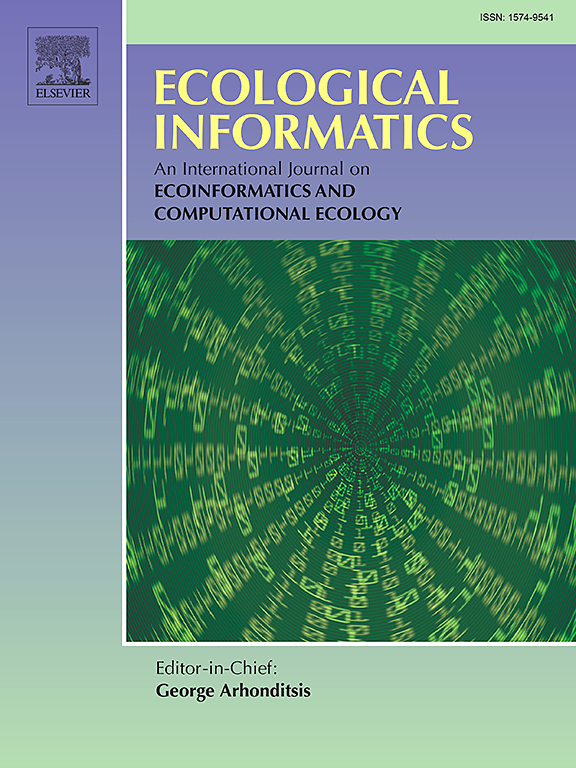揭示红河流域底栖藻类的复杂动态:一个比较研究
IF 5.8
2区 环境科学与生态学
Q1 ECOLOGY
引用次数: 0
摘要
底栖藻类作为河流生态系统中重要的初级生产者,对异质河流系统的环境梯度表现出不同的响应。本研究分析了红河流域的三条支流——礼县河(LXR,原始)、沅江(YR,人为干扰)和盘龙河(PLR,喀斯特影响),以确定藻类群落结构的关键驱动因素。结果表明,氮(NH₄+-N)是LXR中主要的密度调节剂,而基质异质性和水文稳定性决定了多样性(H ‘)和均匀性(J’)。在富营养化YR中,总磷(TP)主导着藻密度,多样性受富营养化指标(TP、Chl-a)和物理因子(深度、DO)的抑制。PLR富钙的喀斯特环境促进了丝状藻的优势,其密度与nh4 +-N和流速相关,是底栖生物多样性的代表(H ' -J': R2 >;0.75)。全流域分析表明氮对磷的影响巨大,地球化学因素(如Ca2+)成为喀斯特系统中藻类恢复力的关键调节剂。这些发现强调了藻类与环境相互作用的空间变异性,强调了考虑人为压力和地貌背景的流域特定管理策略的必要性。本文章由计算机程序翻译,如有差异,请以英文原文为准。
Unraveling the complex dynamics of benthic algae in the Red River Basin: A comparative study
Benthic algae, as critical primary producers in fluvial ecosystems, exhibit distinct responses to environmental gradients across heterogeneous river systems. This comparative study analyzed three tributaries in the Red River Basin—Lixian River (LXR, pristine), Yuanjiang River (YR, anthropogenically disturbed), and Panlong River (PLR, karst-influenced)—to identify key drivers of algal community structure. Results revealed nitrogen (NH₄+-N) as the primary density regulator in LXR, while substrate heterogeneity and hydrological stability governed diversity (H′) and evenness (J'). In nutrient-enriched YR, total phosphorus (TP) dominated algal density, with diversity suppressed by eutrophication indicators (TP, Chl-a) and physical factors (depth, DO). PLR's calcium-rich karst environment promoted filamentous algal dominance, where density correlated with NH₄+-N and current velocity, serving as a proxy for benthic diversity (H′-J': R2 > 0.75). Basin-wide analysis demonstrated nitrogen's outsized influence over phosphorus, with geochemical factors (e.g., Ca2+) emerging as critical modulators of algal resilience in karst systems. These findings highlight the spatial variability of algal-environment interactions, emphasizing the need for basin-specific management strategies that account for both anthropogenic pressures and geomorphic contexts.
求助全文
通过发布文献求助,成功后即可免费获取论文全文。
去求助
来源期刊

Ecological Informatics
环境科学-生态学
CiteScore
8.30
自引率
11.80%
发文量
346
审稿时长
46 days
期刊介绍:
The journal Ecological Informatics is devoted to the publication of high quality, peer-reviewed articles on all aspects of computational ecology, data science and biogeography. The scope of the journal takes into account the data-intensive nature of ecology, the growing capacity of information technology to access, harness and leverage complex data as well as the critical need for informing sustainable management in view of global environmental and climate change.
The nature of the journal is interdisciplinary at the crossover between ecology and informatics. It focuses on novel concepts and techniques for image- and genome-based monitoring and interpretation, sensor- and multimedia-based data acquisition, internet-based data archiving and sharing, data assimilation, modelling and prediction of ecological data.
 求助内容:
求助内容: 应助结果提醒方式:
应助结果提醒方式:


